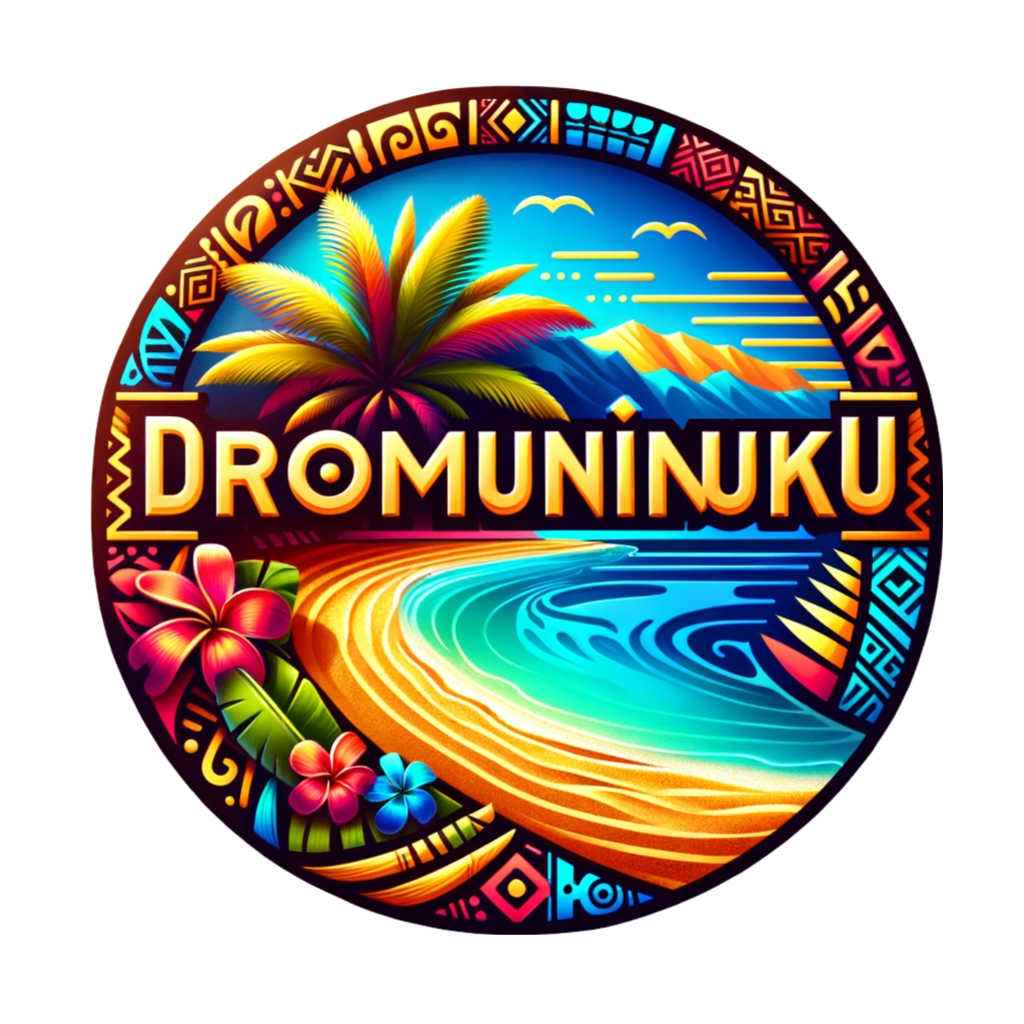Digital art, a term that encompasses creative works made using digital technology, has revolutionized the art world since its emergence. From pixel art in the 1970s to the sophisticated 3D renderings of today, digital art has rapidly evolved, blurring the lines between reality and virtuality. 🎨
Accessibility and Inclusivity
One of the most significant impacts of digital art is its accessibility. Unlike traditional art forms, digital art does not require expensive materials or physical spaces for display. This democratization has opened doors for artists from diverse backgrounds, fostering a more inclusive art community. 🌍
Technological Advancements
The advancement of technology has been a catalyst in the evolution of digital art. From graphic tablets to advanced software, the tools available for digital artists have expanded their creative horizons. Technologies like virtual reality (VR) and augmented reality (AR) are pushing the boundaries of what can be visualized and experienced. 🕹️
New Avenues for Creativity
Digital art offers a realm of limitless potential. Artists can experiment with colors, shapes, and textures in ways that are impossible in traditional mediums. This freedom allows for unprecedented levels of creativity and expression, making digital art a unique and constantly evolving field. 🌈
Economic Impact
The economic landscape of the art world has been significantly impacted by digital art. The rise of online galleries and digital exhibitions has made purchasing art more accessible. Moreover, the advent of Non-Fungible Tokens (NFTs) has introduced a new paradigm in owning and selling digital artworks, creating a vibrant digital art market. 💰
Environmental Considerations
Digital art also presents an environmentally friendly alternative. By eliminating the need for physical materials, digital art reduces waste and the ecological footprint associated with art production, making it a more sustainable choice. 🌱
Educational Value
In education, digital art has become an invaluable tool. It not only fosters creativity but also helps in developing digital literacy and technical skills, crucial in today's digital-centric world. Schools and universities are increasingly incorporating digital art into their curricula, recognizing its potential to shape future innovators. 📚
Case Studies:
Case Study 1: The Virtual Renaissance - A Digital Art Exhibition
Overview:
- Event: "The Virtual Renaissance" was a groundbreaking digital art exhibition held in 2023.
- Concept: This exhibition blended traditional Renaissance art themes with modern digital art techniques, creating a fusion of past and present.
Achievements:
- Audience Reach: Utilizing virtual reality technology, the exhibition was accessible globally, attracting over a million virtual attendees.
- Educational Impact: Interactive features allowed visitors to learn about art history engagingly, enhancing educational value.
Significance:
- This exhibition showcased how digital art could revive historical art in a contemporary format, making art history accessible and appealing to a younger, tech-savvy audience.
Case Study 2: Digital Graffiti Festival
Overview:
- Event: The Digital Graffiti Festival, held annually in Alys Beach, Florida, celebrates the fusion of technology and street art.
- Concept: Artists use projectors and digital technology to create temporary graffiti on buildings, turning the town into a dynamic, illuminated art space.
Achievements:
- Cultural Integration: The festival has become a cultural landmark, attracting artists and visitors from around the world.
- Community Engagement: Local communities engage actively, blending traditional street art with digital media, fostering a sense of community and cultural appreciation.
Significance:
- This festival exemplifies how digital art can transform public spaces, making art a communal and inclusive experience.
Case Study 3: NFT Art Revolution
Overview:
- Event: The surge in NFT (Non-Fungible Token) art sales in recent years, with landmark sales like Beeple's "Everydays: The First 5000 Days".
- Concept: Digital artists tokenize their artwork as NFTs, providing ownership and authenticity in the digital realm.
Achievements:
- Market Impact: Beeple's artwork sold for $69 million, transforming perceptions of the value of digital art.
- Artist Empowerment: NFTs have empowered digital artists, providing them with a platform to sell their work and gain recognition.
Significance:
- The NFT movement has redefined the economics of art, highlighting digital art's potential in the global art market.
Digital art is not just an artistic evolution; it represents a cultural and technological renaissance. By making art more accessible, fostering creativity, and impacting the economy and environment positively, digital art has established itself as a crucial element of our contemporary society. As we continue to embrace digital technologies, the canvas of possibilities remains endless. 🌟

